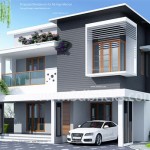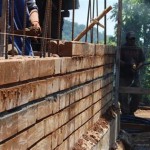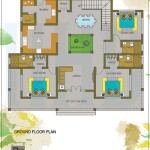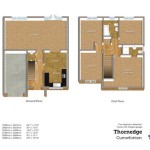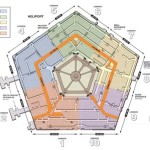Thai House Floor Plans: Essential Aspects
Thai house floor plans embody the rich cultural heritage and distinct architectural traditions of Thailand. These homes are known for their unique features, such as raised platforms, open-air spaces, and ornate ornamentation. Understanding the essential aspects of Thai house floor plans is crucial for appreciating their beauty and functionality.
Elevated Platforms
A defining characteristic of Thai houses is their elevated platforms. Historically, these platforms served practical purposes by protecting the house from flooding during the rainy season and deterring insects and other pests. They also provided additional storage space underneath. Modern Thai houses may still feature elevated platforms, albeit to a lesser extent, often serving as a focal point for outdoor living areas.
Open-Air Spaces
Thai houses embrace open-air spaces, creating a seamless transition between indoor and outdoor living. Large windows and wide verandas allow natural light and ventilation to permeate the home. The use of sliding doors and partitions enables flexible configurations of spaces, creating both privacy and a sense of openness. These open-air spaces are often used for social gatherings and family activities.
Functional Zoning
Thai house floor plans follow a functional zoning system. The house is typically divided into separate areas for different activities. The main living space, known as the "sala," serves as the central gathering area. The kitchen is usually positioned near the dining area for convenience, while bedrooms are often located in a separate wing to ensure privacy.
Ornate Ornamentation
Thai houses are renowned for their intricate ornamentation, reflecting the country's rich artistic and cultural heritage. Carved wooden panels, decorative gables, and colorful tilework adorn the exterior and interior walls. These embellishments not only add aesthetic appeal but also hold cultural significance, often representing auspicious symbols or traditional beliefs.
Courtyard Design
Many traditional Thai houses incorporate a courtyard design. This central open space provides a serene and private retreat within the home. It can be used for gardening, meditation, or simply relaxing amidst nature. The courtyard often serves as a focal point, connecting different rooms and creating a sense of harmony within the house.
Roof Design
Thai houses typically feature steeply pitched roofs with ornate gables. These roofs are designed to withstand heavy rainfall and provide ample ventilation. The elaborate gable and eaves decorations reflect traditional Thai architectural styles and add a distinctive touch to the home's overall appearance.
Contemporary Adaptations
While traditional Thai house floor plans remain popular, contemporary adaptations have emerged to meet modern lifestyle needs. Modern Thai houses often incorporate elements of Western architecture, such as enclosed rooms with air conditioning and larger windows. However, many contemporary designs still maintain the essence of traditional Thai style, including elevated platforms and open-air spaces.

Plot Floor Plans Phase 1 Thai Country Homes

Thai House Plans 500 000baht

Plot Floor Plans Phase 1 Thai Country Homes

Floor Plan And Layout Of This Thai Holiday Villa For

Thai Style Three Bedroom 1 5 Y House Design Cool Concepts Bungalow Modern Villa

Thailand Villa Floorplan And Layout Thai Design

Thai House Plans Small 3 Bed 2 Bath Bungalow

Thai House Plans Colaboratory

Thai Villa Design And Construction Garden

Thai House Plans Colaboratory


